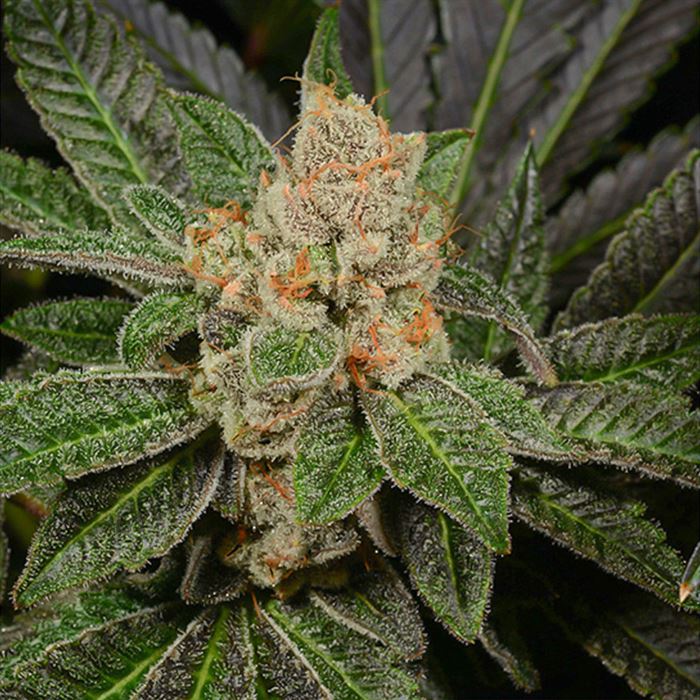

Users may encounter problems similar to those experienced by amphetamine and cocaine users, including addiction. Almost 60% of people who use Ecstasy report some withdrawal symptoms, including fatigue, loss of appetite, depressed feelings, and trouble concentrating. Some people do report signs and symptoms of addiction. Research results are controversial on whether MDMA can be addictive. Studies are conflicting on MDMA use and its affects on memory and cognition. How dangerous is MDMA?Īlso, there is evidence that people who develop a rash that looks like acne after using this drug may be at risk of severe side effects, including liver damage, if they continue to use the drug.īecause use promotes trust, closeness, empathy, and enhances sexual desire, the risk of unsafe sexual practices may increase, resulting in HIV/AIDS, hepatitis, or other sexually transmitted diseases.ĭamage to brain serotonin neurons can occur serotonin is thought to play a role in regulating mood, memory, sleep, and appetite.

Clinical studies suggest that MDMA may increase the risk of long-term or permanent problems with memory and learning. Research in animals indicates that MDMA is neurotoxic and may affect the brain. Overall, these neurotransmitter systems play an important role in regulating: Serotonin is most likely responsible for the feelings of empathy, elevated mood, and emotional closeness experienced with this drug. MDMA exerts its primary effects in the brain on neurons that use the chemicals serotonin, dopamine and norepinephrine to communicate with other neurons.

Its psychedelic effects include feelings of peacefulness, acceptance, and empathy. MDMA can produce stimulant effects such as an enhanced sense of pleasure and self-confidence and increased energy. The drug's rewarding effects vary with the individual taking it, the dose taken, purity of the MDMA, and the environment in which it is taken. MDMA stimulates the release of neurotransmitters, such as serotonin and norepinephrine, from brain neurons producing a high that lasts from 3 to 6 hours, but the length of a high is variable based on the user. As with many other "party drugs", ecstasy is rarely used alone and it is frequently combined with alcohol and marijuana. Abusers may also use in conjunction with other psychoactive drugs like LSD. Users may take several tablets at once or in succession over a period of time. The drug’s effects generally last from 3 to 6 hours. It is also available as a powder and is sometimes snorted, taken as a liquid, and it is occasionally smoked but rarely injected. Among the more popular logos are butterflies, lightning bolts, and four-leaf clovers. The logos may be produced to coincide with holidays or special events. MDMA is most often available in tablet or capsule form and is usually ingested by mouth or crushed and snorted.Įcstasy traffickers consistently use brand names, colors and logos as marketing tools and to distinguish their product from that of competitors. Today, the drug is still used by a broader group of people who more commonly call it Ecstasy or Molly. MDMA is frequently used in combination with other drugs. Then, it was most often distributed at late-night parties called "raves", nightclubs, and rock concerts.Īs the rave and club scene expanded to metropolitan and suburban areas across the country, MDMA use and distribution increased as well. It has been available as a street drug since the 1980s, and use escalated in the 1990s among college students and young adults. MDMA was first synthesized by a German company in 1912, possibly to be used as an appetite suppressant. MDMA is a Schedule I substance under the Controlled Substances Act, which means that the DEA has determined that it has no medical benefit and a high potential for abuse. MDMA is an illegal drug that acts as both a stimulant and psychedelic, producing an energizing effect, as well as distortions in time and perception and enhanced enjoyment from tactile experiences. It commonly referred to as Ecstasy or Molly by users. MDMA (3-4 methylenedioxymethamphetamine) is a synthetic, psychoactive drug with a chemical structure similar to the stimulant methamphetamine and the hallucinogen mescaline. Common or street names: Adam, Beans, Clarity, Disco Biscuit, E, Ecstasy, Eve, Go, Hug Drug, Lover’s Speed, Molly, Peace, STP, X, and XTC What is MDMA?


 0 kommentar(er)
0 kommentar(er)
